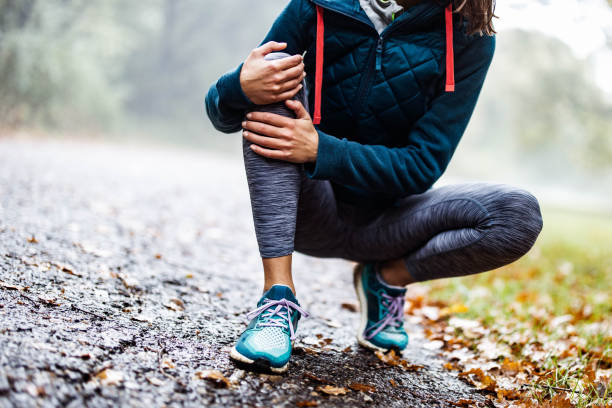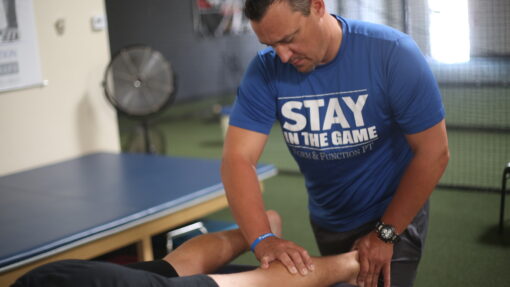As the colder months approach, many people notice a significant increase in joint pain and stiffness. But have you ever wondered why this happens? The connection between colder temperatures and joint discomfort is a well-known phenomenon, and understanding the science behind it can help you manage the pain more effectively. There are a few key reasons why joint pain often worsens when the temperature drops:
Reduced Blood Flow
In cold weather, your body works harder to maintain its core temperature by constricting blood vessels. This results in reduced blood flow to your extremities, including your joints, which can cause them to feel stiff and more painful.
Thicker Synovial Fluid
Synovial fluid is the lubricant in your joints that helps them move smoothly. When it’s cold, this fluid can thicken, making it harder for your joints to move easily, leading to stiffness and discomfort.
move easily, leading to stiffness and discomfort.
Barometric Pressure Changes
Barometric pressure, which changes with the weather, can affect how your joints feel. Lower barometric pressure (which often accompanies cold, rainy weather) can cause the tissues in your joints to expand slightly, increasing pressure and pain.
Muscle Tightening
Cold temperatures tend to cause muscles to tighten, which adds additional strain to your joints. Stiff muscles restrict movement, leading to increased pain, especially in people with arthritis or chronic joint conditions.
View this post on Instagram
How Can You Alleviate Joint Pain in Cold Weather?
While cold weather may exacerbate joint pain, there are several ways you can manage the discomfort and protect your joints:
- Stay Active: Regular, gentle exercise helps to keep your joints flexible and reduces stiffness.
- Activities like walking, swimming, or yoga can be particularly beneficial during colder months.
- Dress Warmly: Keeping your joints and muscles warm is essential. Layering up and wearing gloves or thermal clothing can help reduce muscle tension and joint pain.
- Use Heat Therapy: Applying heat to stiff joints can stimulate blood flow and reduce discomfort. Warm baths, heating pads, or warm compresses can work wonders in alleviating stiffness.
Hydrate and Eat a Healthy Diet: Staying hydrated and consuming anti-inflammatory foods, such as leafy greens, fatty fish, and nuts, can help support joint health.
One of the most effective ways to combat joint stiffness is through regular movement, specifically by incorporating warm-up exercises into your daily routine.
Simple warm-up exercises can help increase blood flow, loosen muscles, and improve flexibility, all of which reduce joint stiffness.
These exercises don’t require a gym membership or special equipment—you can do them at home or before engaging in any physical activity.
If you want to read our other blog posts, click HERE to visit the Blog Page.
Finally, if you already feel like you have enough information and you’re ready to get help from providers that take the time and attention you deserve, then click HERE to request a $35 Discovery Visit with one of our expert physical therapists.
Elevate Your Healing Journey with PEMF Therapy at Form & Function PT
If you’re navigating the path to recovery or striving for enhanced well-being, PEMF therapy might be the transformative solution you need. At Form & Function PT, we’re dedicated to guiding you through each step of your health journey with our expert therapies, including the groundbreaking PEMF treatment. Ready to explore how PEMF therapy can benefit you? Reach out to us at (888) 619-2885 for a conversation with our physical therapists and discover a new avenue to health and vitality.
If You Liked This Article, You Might Like…
Stride Without Strain: Running Injuries and How to Prevent Them Strength Training Made Simple: How Resistance Bands Can Elevate Your Exercise Routine





